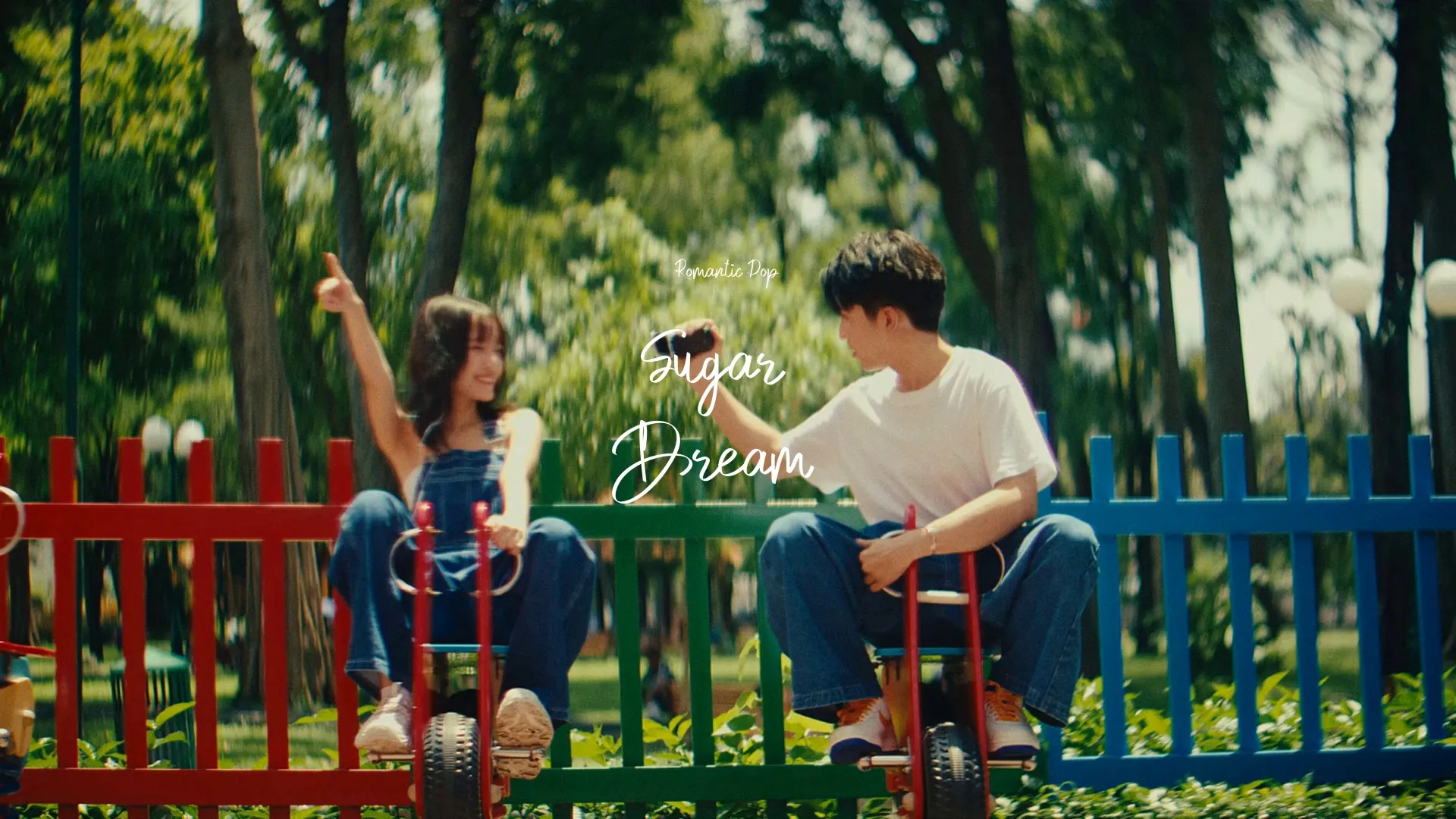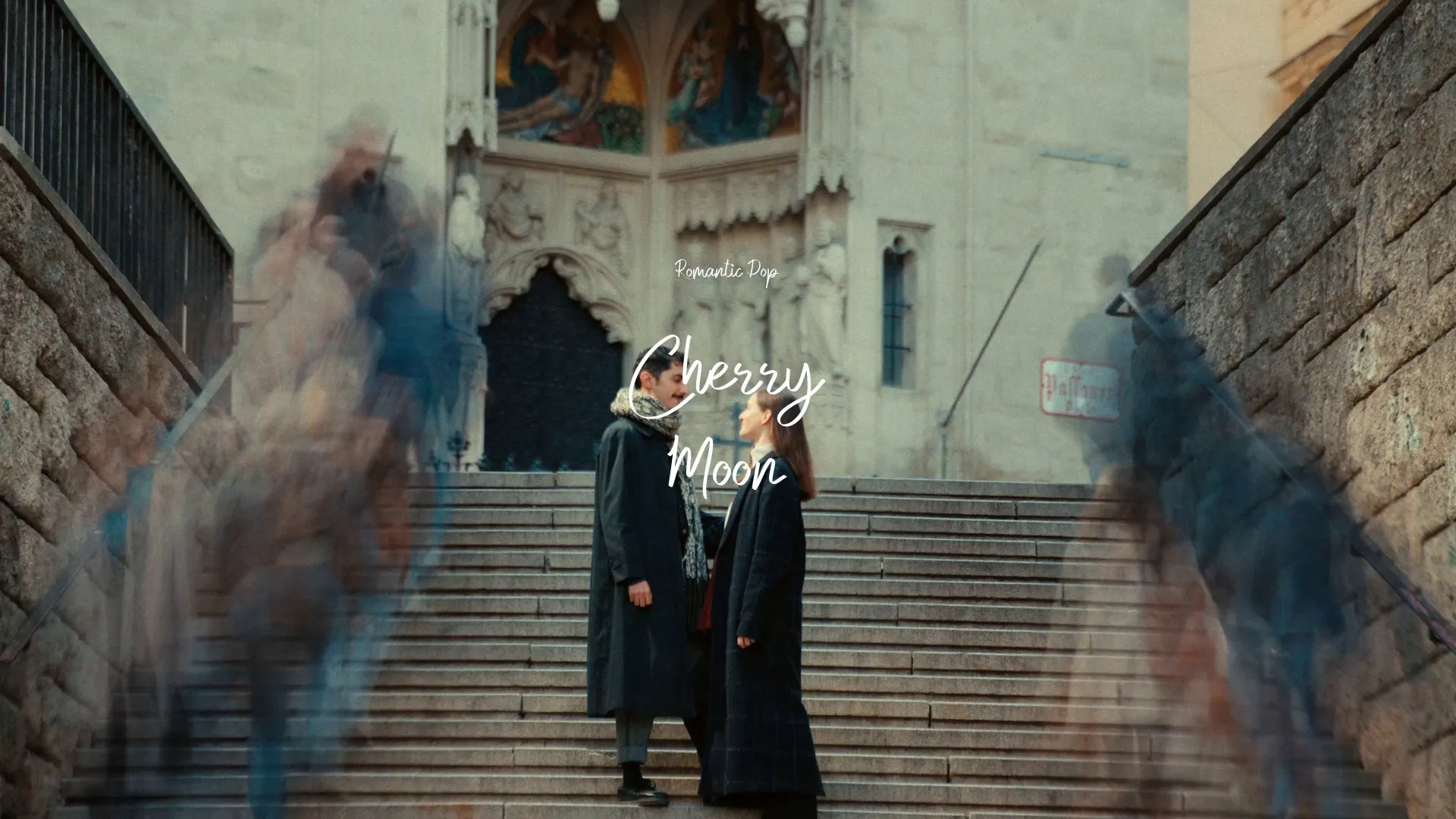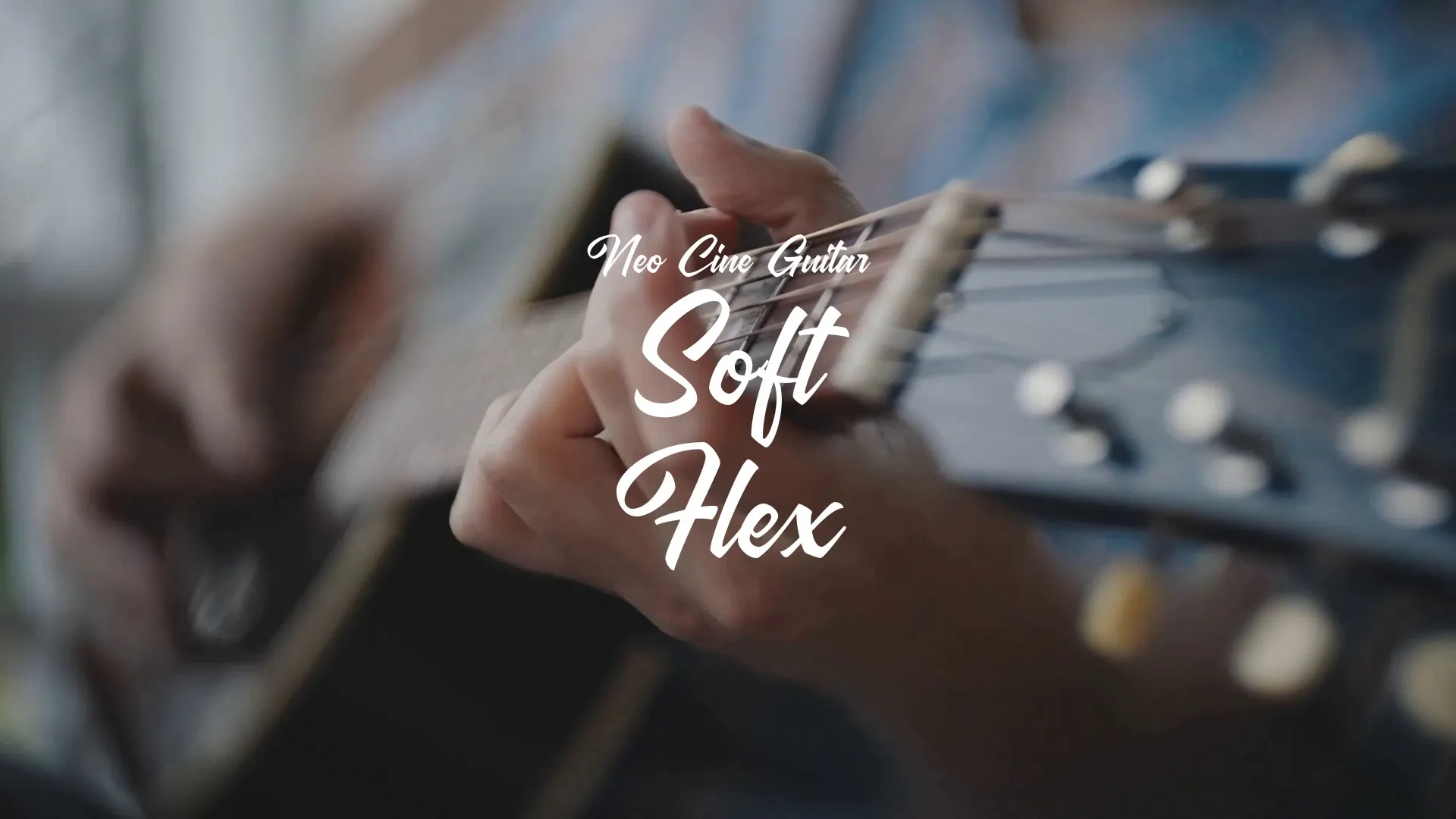Addictive Mobile Games Gameplay Over Graphics

Introduction
Can’t afford AAA graphics? No problem. The secret to mobile game success lies in addictive gameplay loops, not stunning visuals. Indie developers can’t compete with the AAA studios’ massive art budgets and extensive marketing campaigns. But indies can win by focusing on what matters most: crafting addictive gameplay loops. This article explores Strategic Resource Management for Indie Devs, focusing on gameplay as the core differentiator.
Indie developers can overcome limited art budgets by focusing on engaging gameplay loops, leading to higher player retention and a successful mobile game.
The Power of the Core Loop
The core gameplay loop is the engine that drives player engagement. It’s the fundamental cycle of actions, rewards, and progression that keeps players coming back for more. A well-designed core loop is especially critical for mobile games, where short play sessions and the need for immediate gratification are paramount.
Think of the core loop as: Action -> Reward -> Progression -> Action. The player performs an action, receives a reward for that action, progresses in some way, and is then prompted to perform another action, repeating the cycle.
Let’s deconstruct a few successful mobile games that prove simple art can still lead to huge engagement:
- Threes!: This minimalist puzzle game features simple numbered tiles. The core loop involves swiping to combine tiles, earning points, and progressing to higher numbers. The action is the swipe, the reward is the tile combination and score increase, and the progression is the creation of larger numbers and a higher overall score. The simple yet elegant loop provides immediate gratification and a constant sense of progression, making it incredibly addictive.
- Ridiculous Fishing: This quirky game features retro-style graphics. The player casts a line, avoids fish on the way down, catches as many as possible on the way up, and then shoots them into the sky for cash. The actions are casting, avoiding, catching, and shooting, the reward is cash, and the progression is unlocking new equipment and areas. The game’s absurd premise and increasingly rewarding upgrades create a loop that is both hilarious and highly engaging.
- Hoplite: A tactical roguelike with simple, clean visuals. Players move and attack on a hexagonal grid. The action is moving and attacking, the reward is defeating enemies, and the progression is clearing levels and acquiring new abilities. The game’s strategic depth, combined with its simple presentation, makes each decision feel impactful and rewarding.
- Pocket City: A SimCity-like game but for mobile. Players zone areas, construct buildings, and manage resources, receiving revenue and unlocking new content as their city grows. This constant cycle of building and reward keeps players invested.
Gameplay-First Design Principles
When art resources are limited, it’s essential to prioritize gameplay and mechanics. Here are some key design principles to follow:
Mechanic Depth over Visual Detail
Focus on creating interesting and engaging game mechanics that offer emergent gameplay and strategic choices. The depth of the mechanics will overshadow the simplicity of the visuals.
Instead of immediately reaching for high-resolution textures, spend time prototyping multiple combat systems, crafting systems, or movement mechanics. The goal is to find the most engaging mechanic, even if it’s presented with the simplest visuals. Iterate on the mechanic first. Methods for prototyping quickly include:
- Paper Prototyping: Quickly test core mechanics with pen and paper before writing any code.
- Simple Scripting: Use visual scripting tools like GameMaker Studio 2 to rapidly implement and test mechanics.
- Limited Scope: Focus on prototyping one mechanic at a time.
Juice It Up!
In game development, “juice” refers to the subtle effects that make actions feel more satisfying. Even with simple visuals, impactful sound effects, haptics (vibrations), and visual cues can significantly enhance the player experience.
For example, a simple coin collection animation combined with a satisfying “ching” sound can be far more rewarding than a visually complex animation with weak audio feedback. Enhancing tactile feedback through haptics can significantly improve player satisfaction, even with minimal visual flourish. Consider using something like the Mobile Haptics Pro asset to add engaging tactile feedback to your games.
Progression Systems that Drive Engagement
Progression is key to keeping players invested. Implement various progression models that can be effective without relying on complex visual upgrades:
- Level-based progression: Players complete levels to unlock new content or challenges.
- Skill trees: Players earn points to unlock new abilities or upgrades.
- Meta-progression: Players make permanent progress across multiple playthroughs, unlocking new characters, items, or starting bonuses.
Example: Card-Based Dungeon Crawler
Imagine a card-based dungeon crawler with simple pixel art graphics. The art might be basic, but the depth comes from:
Create a free account, or log in.
Gain access to free articles, game development tools, and game assets.





















.webp)

